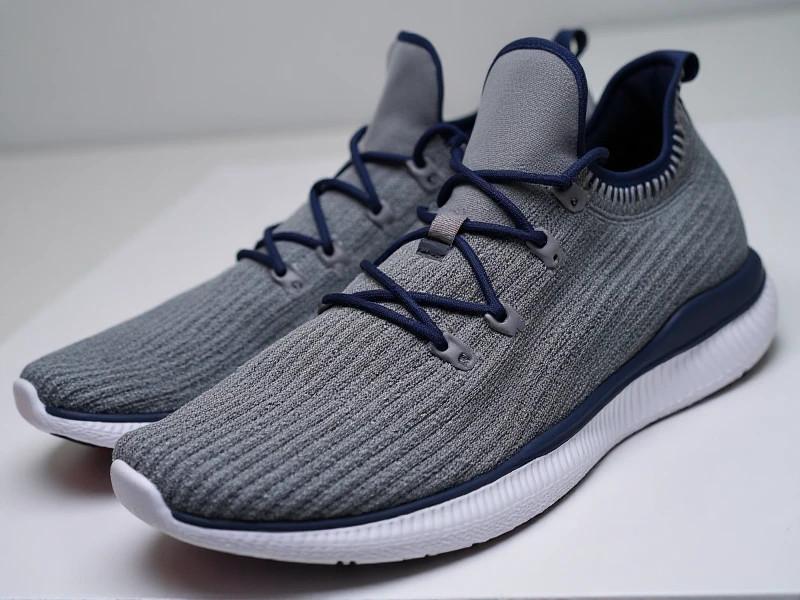
Step Into Your Best Run: Your Ultimate Guide to Women's Running Shoes
2025-06-12
Here is an SEO-optimized article on women's running shoes, focusing on the target keyword:
Finding the perfect pair of running shoes isn't just about style; it's the foundation for performance, comfort, and preventing injury. For women specifically, understanding the unique design features and needs catered to by women's running shoes is crucial for unlocking your running potential. Whether you're a seasoned marathoner or lacing up for your first 5K, selecting the right footwear can make all the difference.
Why Dedicated Women's Running Shoes Matter
It's not just a marketing ploy. Women's feet and bodies have distinct biomechanics compared to men's. Generally, women tend to have:
Narrower Heels and Wider Forefronts: This requires a differently shaped last (the foot mold around which the shoe is built) for a secure heel fit and comfortable toe box.
Lighter Bodies & Different Mass Distribution: Cushioning and stability systems are often calibrated differently to respond optimally to the typical weight distribution and impact forces of female runners.
Proportionally Shorter Legs & Specific Q-Angles: This influences gait patterns, requiring thoughtful engineering in midsole geometry and support features.
Manufacturers design women's running shoes to specifically address these anatomical differences, leading to improved comfort and efficiency during your runs.
Key Features to Consider in Women's Running Shoes
When shopping, look beyond color palettes. Focus on these critical elements:
1. Fit is Paramount: This is non-negotiable. Always try shoes on in the afternoon when feet are naturally slightly swollen. Ensure ample space (about a thumbnail's width) at the end of your longest toe. The heel should grip securely without slipping, and the midfoot should feel snug but not constricting.
2. Cushioning & Support: This depends heavily on your running style and foot type:
Pronation: Does your foot roll inwards excessively (overpronation), outwards (supination), or stay relatively neutral? Understanding this helps choose stability, neutral, or motion control shoes.
Intended Use & Distance: Lightweight "racers" offer less cushioning for speed, while max-cushioned trainers provide plush comfort for long distances.
Personal Comfort Preference: Some enjoy a soft, plush feel (like HOKA's signature cushion), while others prefer a firmer, more responsive ride.
3. Proper Support Systems: Stability shoes incorporate features like medial posts (firmer foam on the inside arch) or guide rails designed to gently guide the foot and prevent excessive inward rolling. Neutral shoes omit these, offering flexibility for natural motion.
4. Materials Matter: Seek breathable mesh uppers to keep feet cool and dry, preventing blisters. Flexible materials that move with your foot enhance comfort over miles.
5. Heel-to-Toe Drop (Offset): This refers to the height difference between the heel and the forefoot (e.g., a 10mm drop means the heel sits 10mm higher than the toes). Higher drops (~8-12mm) are often preferred by heel strikers or those needing significant Achilles/calf relief. Lower drops (0-6mm) promote a more natural, midfoot/forefoot strike but require adaptation. Most general-purpose women's running shoes fall between 8-10mm.
Matching Shoes to Your Running Needs
Consider your primary running terrain and distance:
Road Running: The vast majority of women's running shoes are designed for paved surfaces. Look for durable outsoles and appropriate cushioning based on your weekly mileage and pace. Ideal for daily training, tempo runs, and races on tarmac.
Trail Running: These shoes feature aggressive, deeply-lugged outsoles for superior grip on dirt, mud, and rocks. They often have protective plates underfoot and reinforced uppers to shield feet from rocks and roots. Stability is heightened for uneven terrain.
Racing/Speed Work: Lightweight with minimal cushioning and responsive plates (often nylon or carbon fiber) propel you forward for race days and high-intensity interval sessions. Trading cushion for speed.
The Importance of the Right Fit: Your Performance Partner
Ill-fitting women's running shoes are a fast track to blisters, black toenails, shin splints, plantar fasciitis, or knee aches. Dedicated running stores offer gait analysis services where experts watch you run (often on a treadmill) to assess your biomechanics and recommend the best shoe type and fit based on your stride and foot strike pattern. Invest time in finding the perfect fit – your feet and running goals will thank you.
Your Next Pair Awaits
Remember, the "best" women's running shoe is highly individual, determined by your unique foot shape, gait mechanics, running goals, and personal feel preferences. Pay attention to the specific design elements crafted for the female foot, prioritize fundamental fit above trendy looks or brand names alone, and replace your shoes every 300-500 miles to maintain optimal support and cushioning. Stepping into the right pair of women's running shoes genuinely transforms running from a chore into a comfortable, powerful stride towards achieving your goals.
Ready to experience the difference? Visit [Your Website Name] to explore our carefully curated selection of top-rated women's running shoes, or better yet, stop into a specialized running store near you for expert fitting advice. Lace up gear designed for you, and hit the pavement (or trail) with confidence!
CATEGORYS: